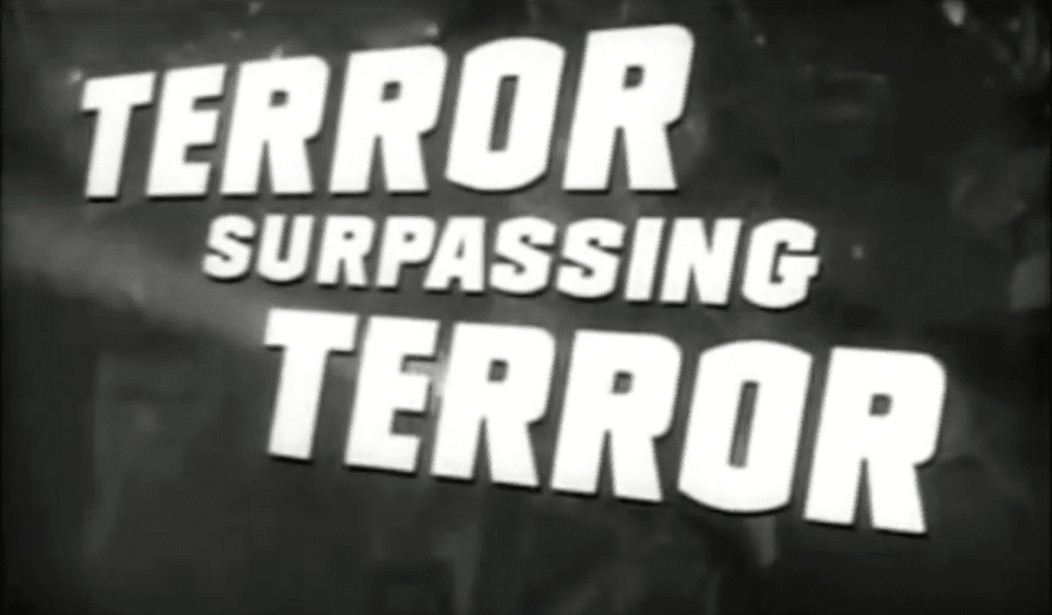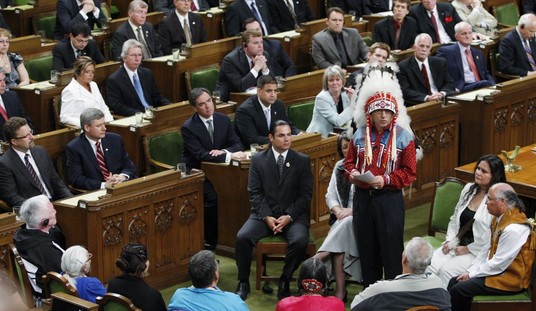When President Trump wisely extracted the United States from the Paris climate accord, the Left melted down — again. But no Democrat reaction was more amusing than that of once-and-forever California Governor Jerry Brown, who provided an outburst that secures his place in the Al Gore Climate Change Hysteria Hall of Fame.
Interviewed by CNN (and featured on a Tucker Carlson Tonight segment) after the president’s decision, Brown railed in biblical terms against Trump’s withdrawal from the accord, warning that “people will die, seas will rise, insects will spread.”
It was his third admonition that caused me to sit up and take notice:
I’m no expert on climate science, and I’m willing to accept there may be some anthropological impact on the weather. What I’m overly familiar with, and totally fed up with, are globalist agreements and accords that inure to the benefit of everybody but my own country. From that standpoint, as even some influential climate scientists have admitted, the Paris climate accord is a lousy deal. China and India, two of the biggest polluters, get a pass, while the United States, which has really cleaned up its act, pays the price.
https://www.youtube.com/watch?v=ojJeucYRZ8E
The reason Brown’s dark heralding of insects run amuck resonated with me is because I do happen to be an expert on insect terror. During the 1950s, on weekend nights after finishing my homework and tending to my household chores, I was allowed to stay up and watch Creature Features. It was during those long viewing hours that I became knowledgeable about the terror and destruction that rampaging insects and other bugs can cause.
Governor Brown’s warning brought it all back to me…
1. The Deadly Mantis (1957).
From the frozen glacial world, unchanged in a million years, released from icy bondage, comes unknown, indescribable, paralyzing terror, to engulf the world.
It wasn’t global warming that released this relentless predator from its glacial carapace, but we’re not talking settled science here. As the planet warms and swarms of six-legged herbivores find new feeding grounds ever farther north, who knows how large carnivorous hunters like the praying mantis will grow while feasting on the bounty.
The only hope will be another Ice Age, like the one Time magazine predicted in 1974, before they predicted global warming, and then climate change.
Otherwise, we’ll be praying right along with the mantis.
2. The Beginning of the End (1957).
We may be witnessing the beginning of an era that will mean the complete annihilation of man, the beginning of the end.
Peter Graves went on to much bigger and better things, like the role of the Nazi mole in the Oscar-winning Stalag 17 (1953), and as the multitasking Mr. Phelps on TV’s Mission Impossible (1988-1990). Before that Graves did a familiar turn as a research scientist who happens upon an apocalyptic sci-fi threat to humankind and finds love along the way.
A two-star movie at very best, TBOTE’s dialogue is stilted, and its stock military footage presents a study in cinematic discontinuity. But the biggest laugh comes from the film’s climatic special effect: placing ordinary grasshoppers on photos of skyscrapers to make it look like the bugs are climbing them.
It’s a big “ask” in terms of the suspension of disbelief; kind of like believing Al Gore’s melting ice cap hysteria after he built a shoreline mansion with the proceeds from An Inconvenient Truth (2006).
3. Them (1954).
I tell you, gentlemen, science has agreed that unless something is done and done quickly, man as the dominant species of life on earth will be extinct within a year.
Entomologists confirm that the ant kingdom will survive nuclear Armageddon (as will cockroaches, but there’s no movie). If this colonizing insect can survive lethal radiation and nuclear winter, they will surely live through the coming climate change disaster.
Their earthen mounds will rise as high as the Egyptian pyramids, and what few humans are left behind will live in constant fear of being mistaken for an ambulatory Big Hunk. Ants in this dystopian future will dominate by sheer force of numbers, and due to complex breeding permutations caused by interrupted seasonal dormancy (?) may grow to outlandish size.
Sunday picnics for the survivors of thermonuclear or climatologically caused disasters will become life or death propositions.
4. Tarantula (1955).
Man was confronted with his most shocking blunder, a blunder that transformed a tiny insect (sic) into the hundred-foot spider that was now ravaging the panic-stricken countryside.
Rampant in a countryside that scorns the Paris climate accord, stands the tarantula. As bestial as the preceding big bugs have been, the spider trumps all for sheer terror.
For one thing, it has hair, but the worst are those eyes, all eight of them, filled with remorseless arachnid intelligence. Many of the worst spiders are nocturnal; as the planet warms, nights will warm, even in places like Fairbanks, Alaska, where winter nights last pretty much all day.
You do not want to live in a world where underground nuclear tests, Russian genetic engineering, or climate change has resulted in the evolution of overgrown tarantulas.
As Geena Davis says in David Cronenberg’s 1986 remake of The Fly, a warning updated for our Trumpian times by Governor Brown,
“Be afraid, be very afraid.”









Join the conversation as a VIP Member